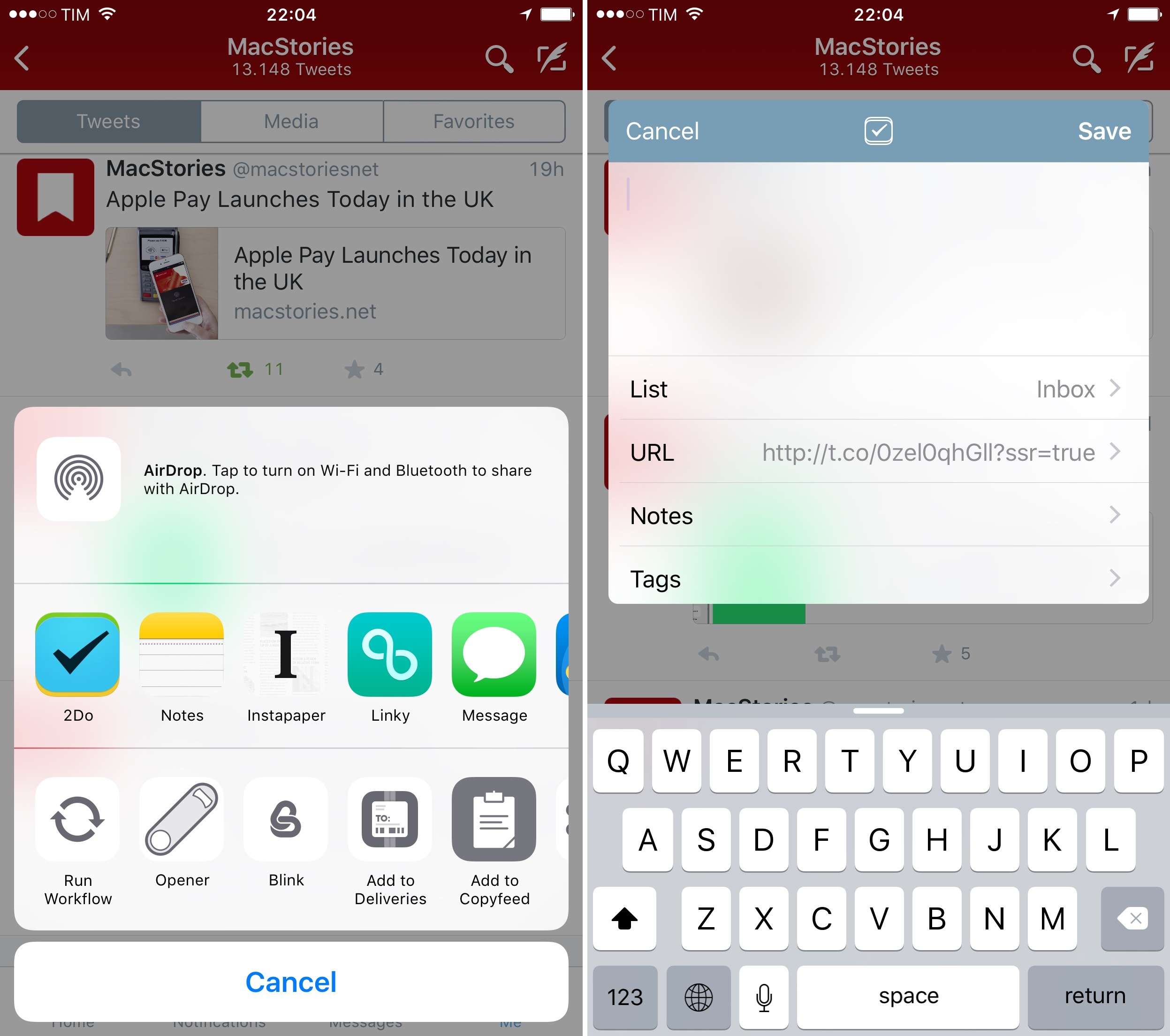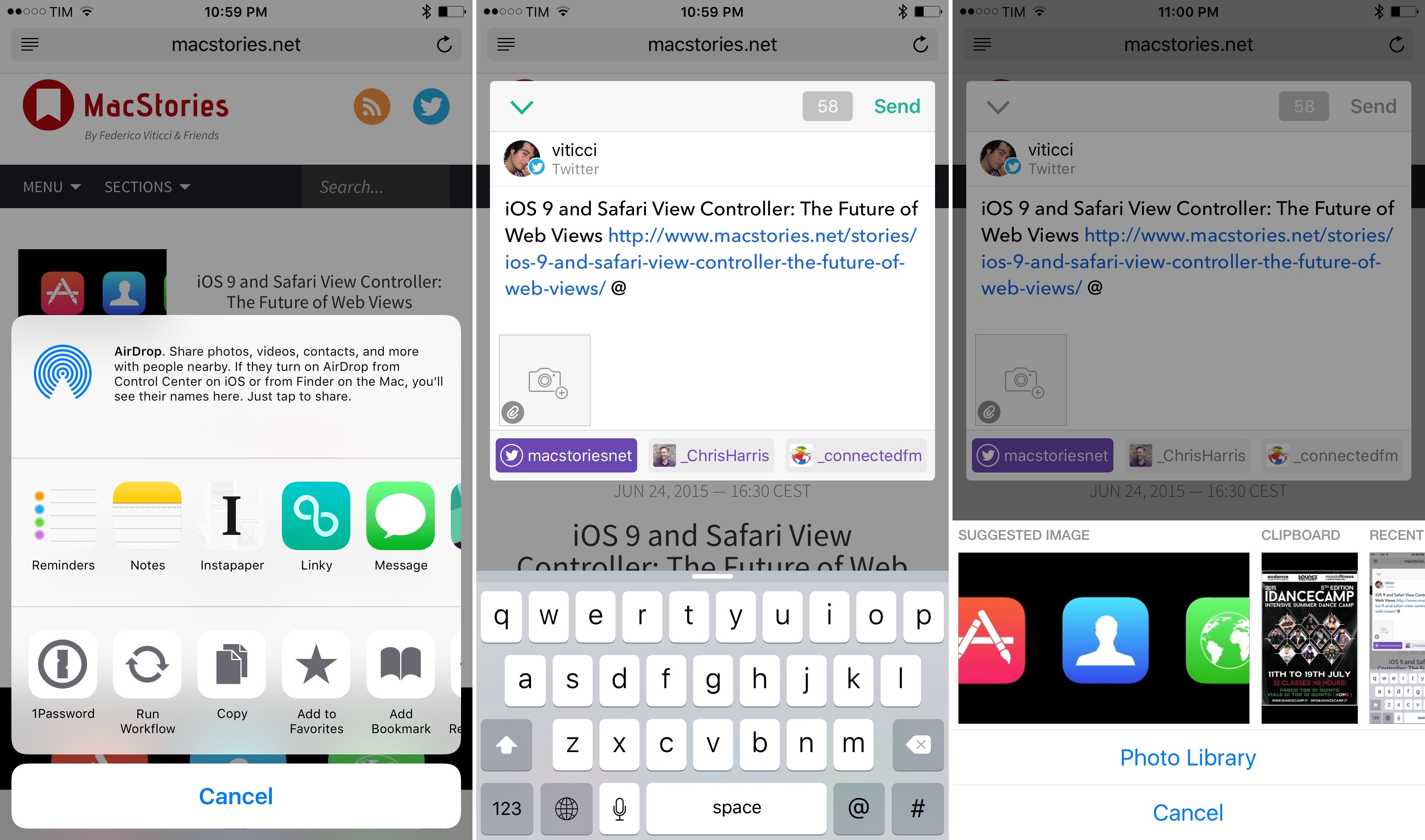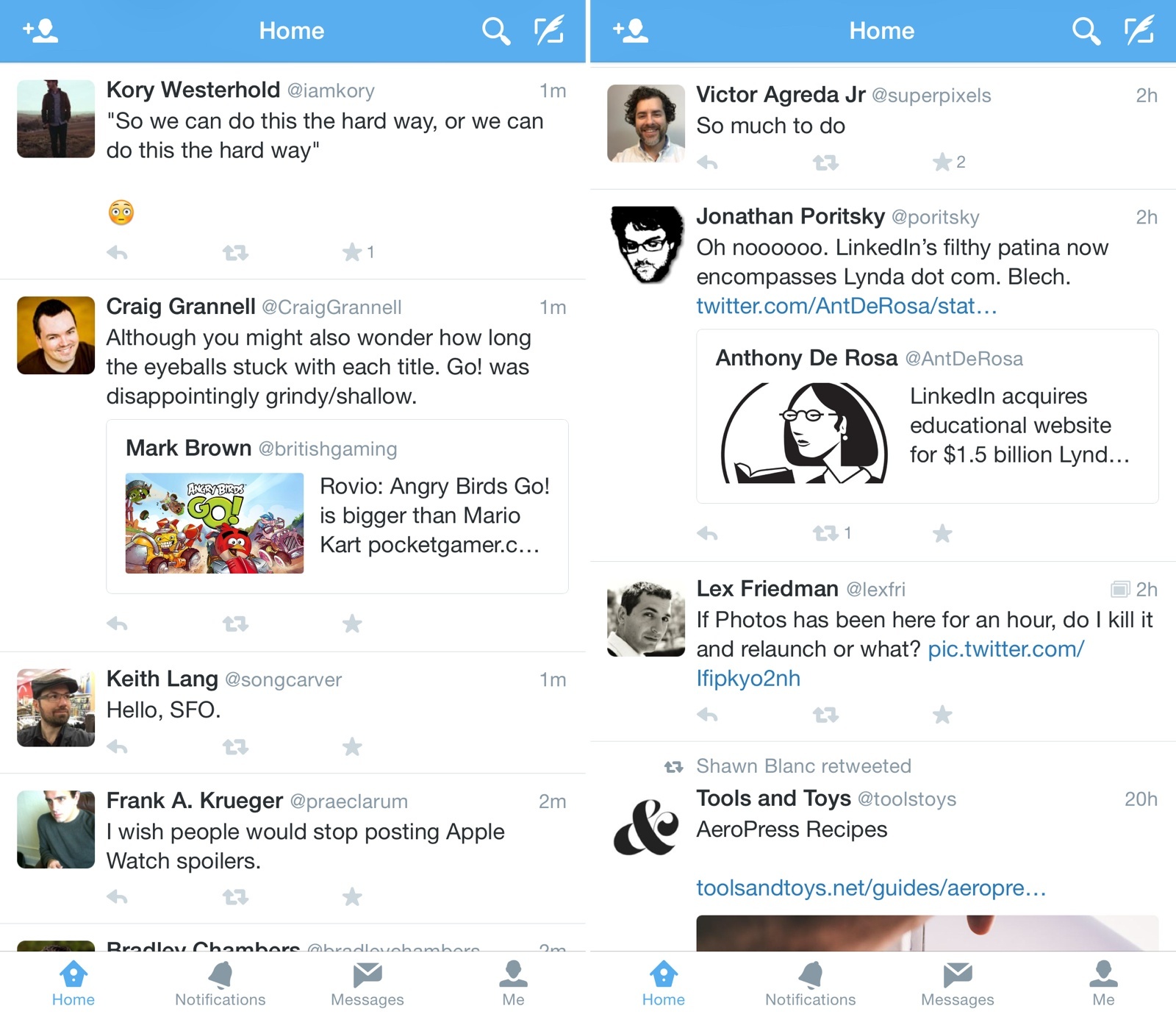Mat Honan, writing for BuzzFeed, has shared some details on Project Lightning, a Twitter feature that will let users follow events across all Twitter apps with a simple swipeable interface for full-screen content (tweets, photos, videos, Periscope, Vine, etc.).
Following an event won’t require to follow people whose tweets are featured in the event.
What’s more, you can also opt to follow an event and have curated tweets blended into your timeline. And that doesn’t mean you follow accounts where those tweets originate. So, for example, while you might see Ellen DeGeneres’ tweets from the Grammys in a curated Grammys event, you would not actually begin following her if you were not already. When the Grammys end, so do the tweets. In other words, you automatically unfollow an event at its conclusion. And you can still experience curated events without following anything just by going to that center tab.
Interestingly, Twitter has assembled a team of editors to curate the best tweets as they happen around events in real-time.
Launch one of these events and you’ll see a visually driven, curated collection of tweets. A team of editors, working under Katie Jacobs Stanton, who runs Twitter’s global media operations, will select what it thinks are the best and most relevant tweets and package them into a collection.
This sentence by Stanton sums up why Twitter is doing this:
But the challenge we’ve had over the years is, although we have the world’s greatest content, it’s like having a television without a channel guide or even a remote control.
This is another example of Twitter moving beyond Legacy Twitter and the belief that Twitter is still only a timeline of tweets in chronological order. The company has been enhancing the service with media improvements and design changes aimed at making Twitter less static – the opposite of a traditional timeline. If anything, they’ve been moving too slowly in this area.
As I wrote last year, the writing was on the wall for the traditional timeline in Legacy Twitter:
The Twitter timeline was built to be a reflection of a Following list people could build meticulously over time. But as it approches its ninth anniversary, Twitter has realized that curating a list of accounts isn’t most people’s forte, and they want to make sure that the timeline stays interesting even without investing time into finding accounts to follow. And that meant breaking the original concept of the timeline to include content and account suggestions. It meant to make the Twitter timeline a little more like Facebook.
And:
Once you accept the idea that Twitter timelines may expand beyond your following list and tweets’ timestamps, it’s easy to imagine how they could be remixed to offer more topic suggestions, summaries, or recommendations. But Twitter needs to go easy with that. The idea of a timeline still is a powerful one: Twitter wants to show you what’s happening, and events – no matter the algorithm you use – always happen in succession. Being able to stop and watch events as they unfold is what makes Twitter great and essential and unique – whether it’s #Ferguson, the elections, an Apple keynote, or just a regular news day.
Project Lightning sounds exactly like what Twitter needs to keep users engaged and respect the inherent chronological nature of the service as events unfold.
Mat Honan’s story for BuzzFeed includes more details and a mockup of how this could work.




